JOHAN TAHON, TILL LINDEMANN, SANDOR LUBBE . ES

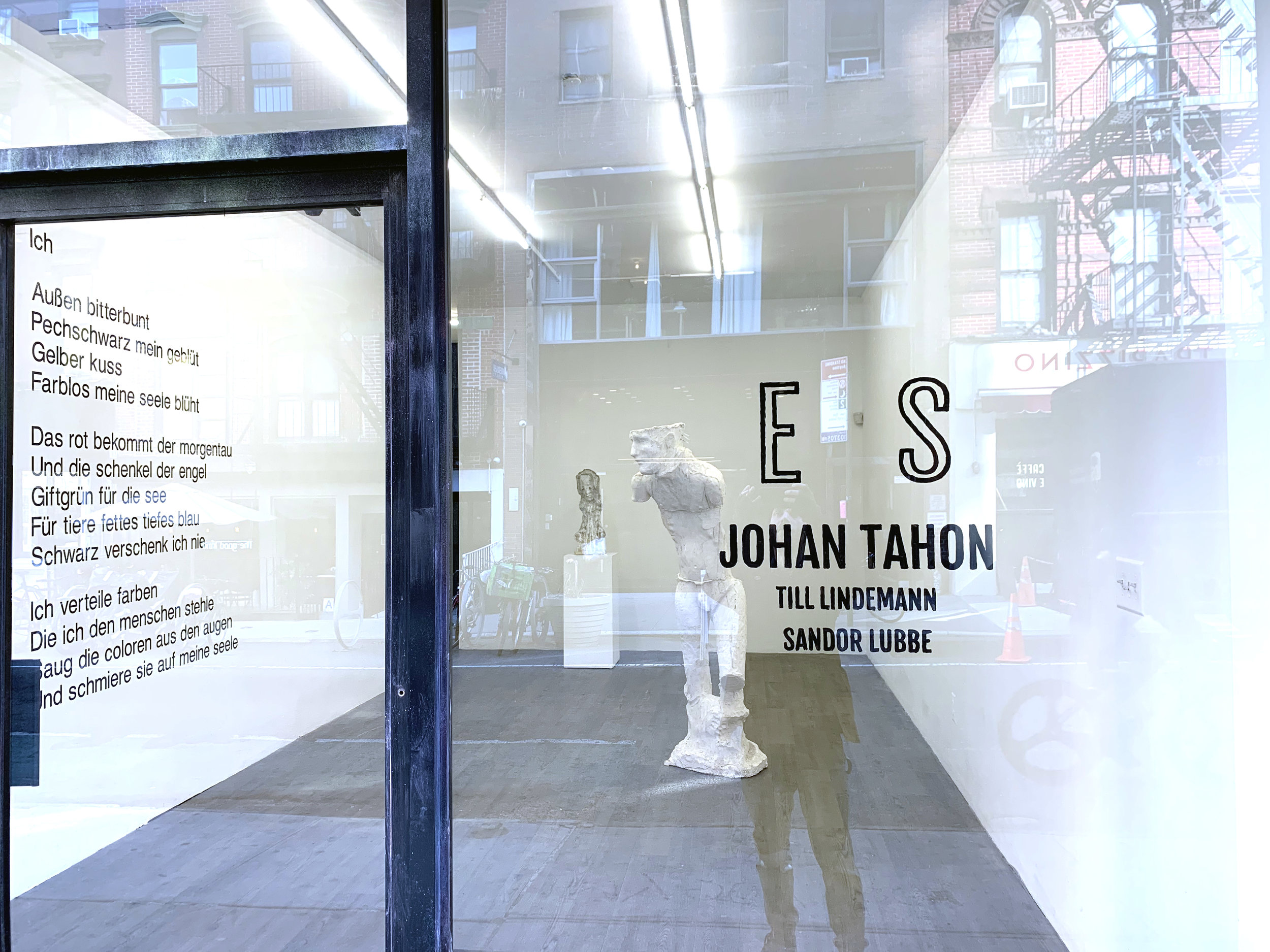
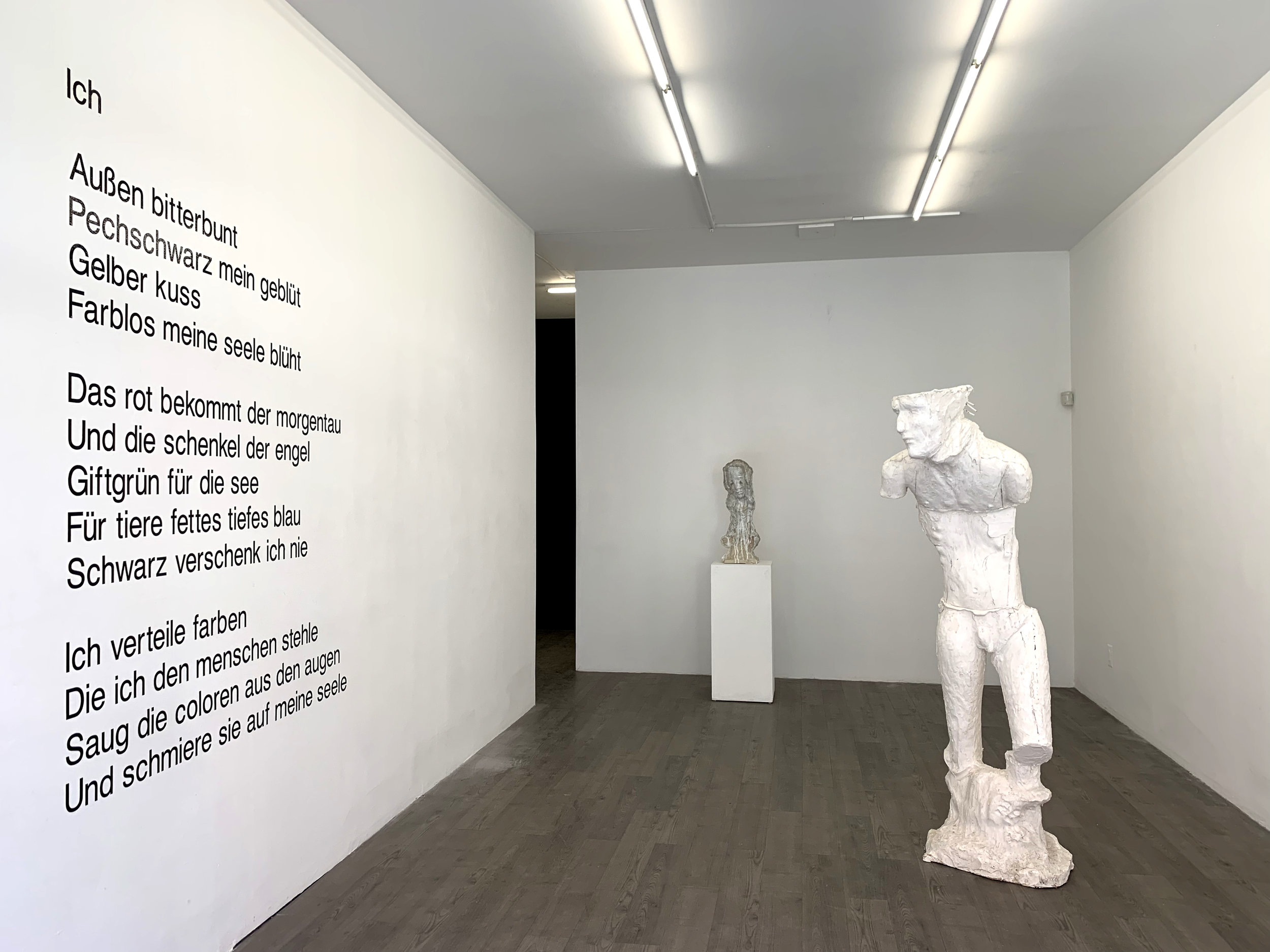
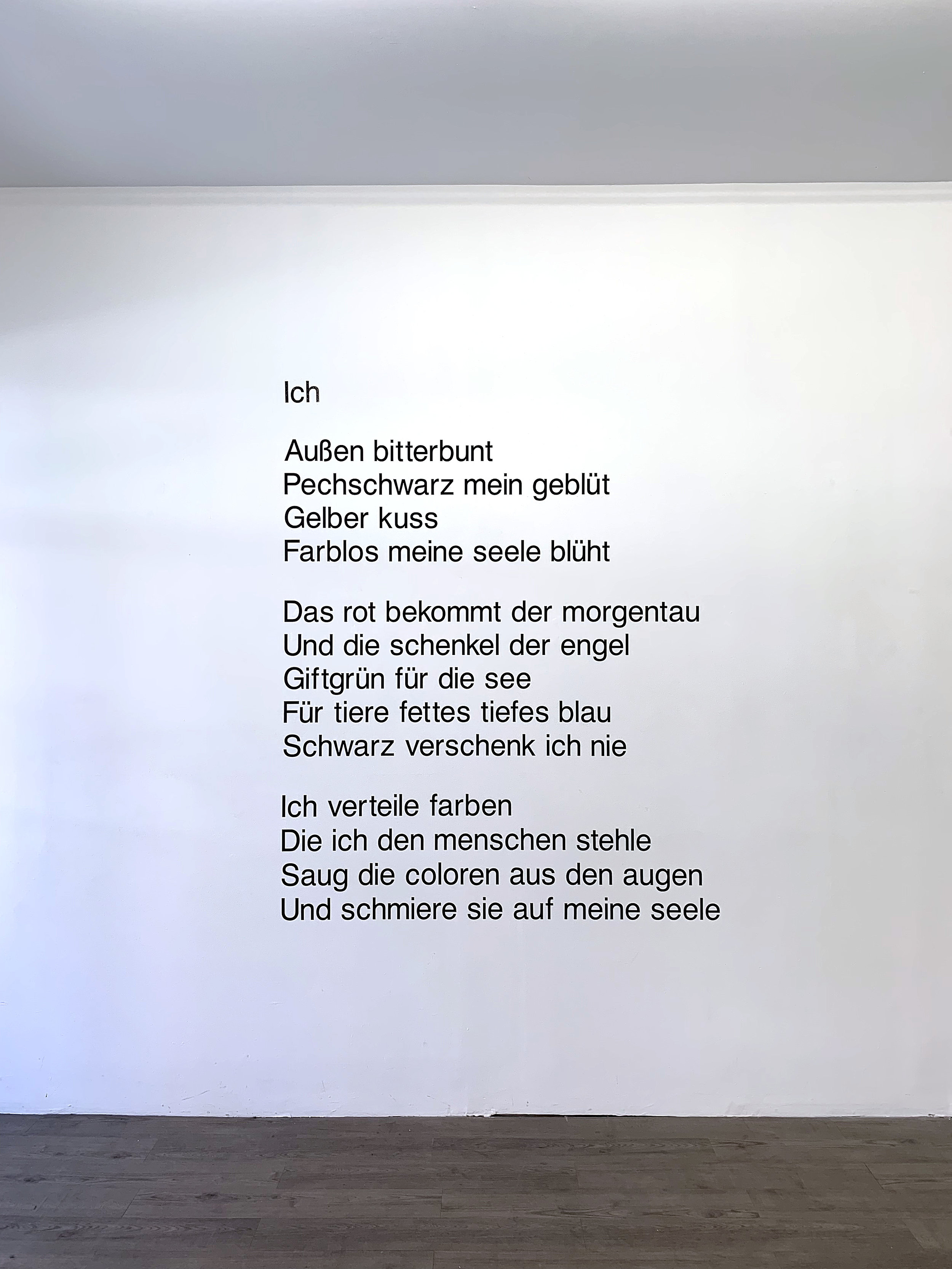
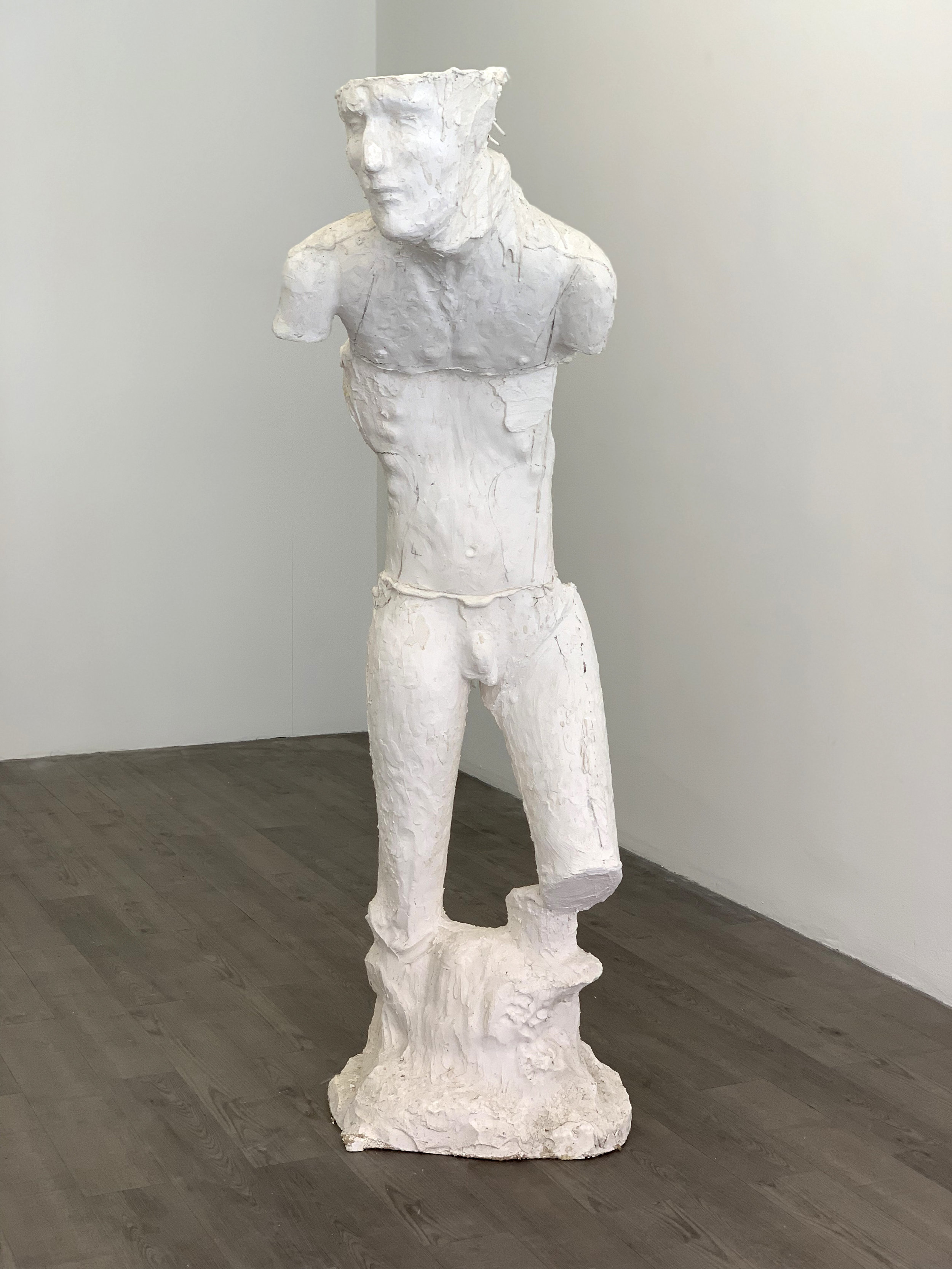
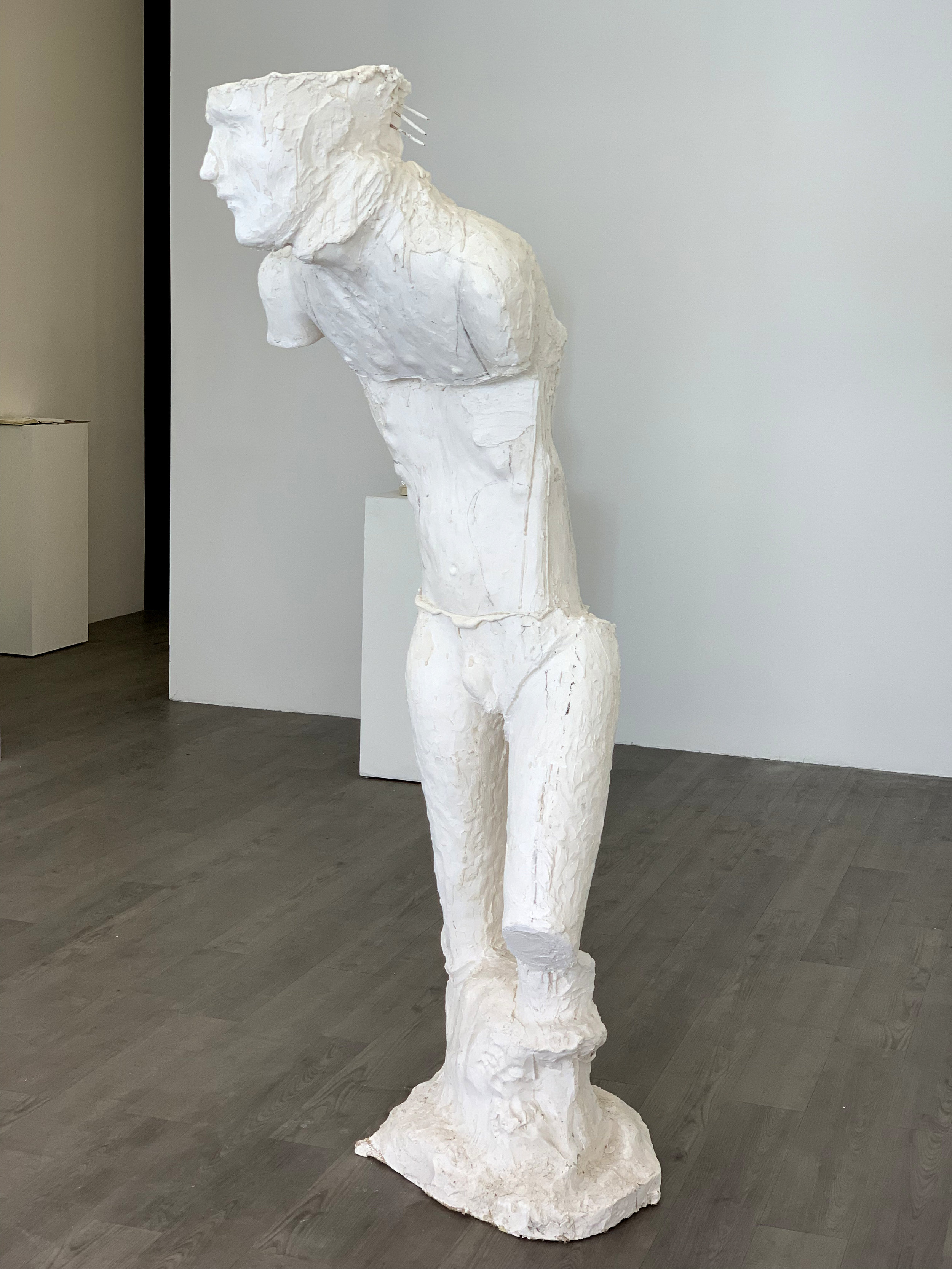
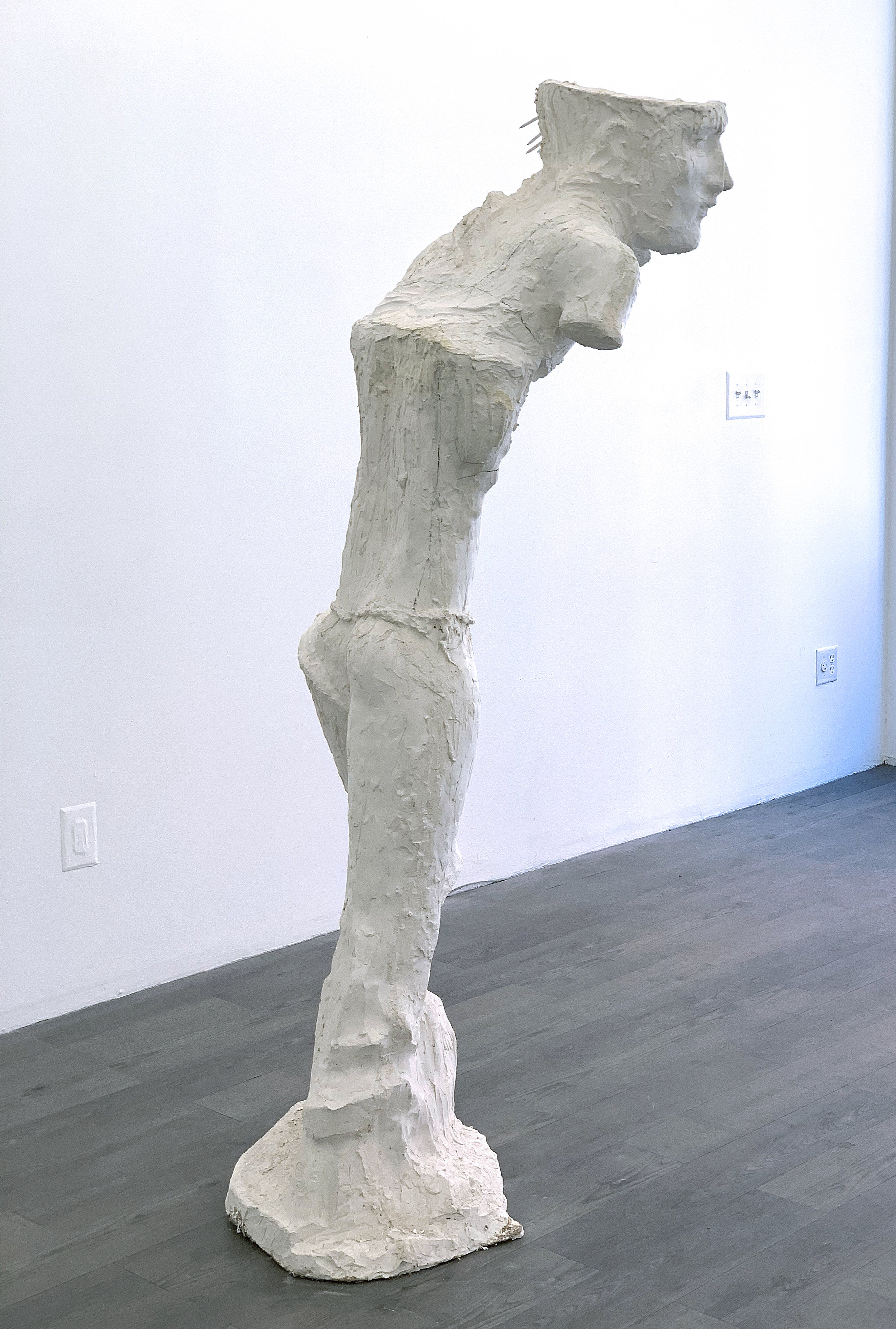
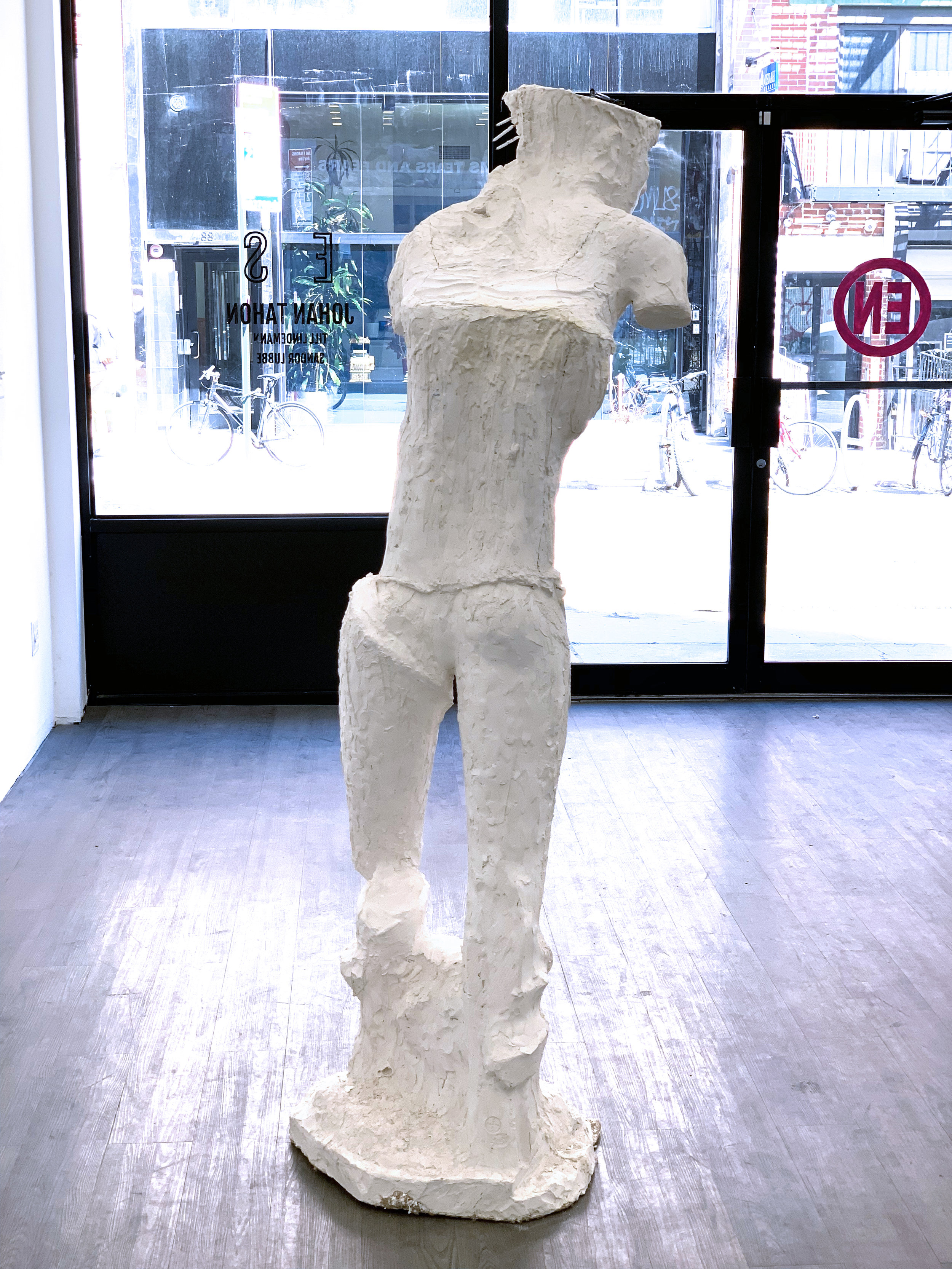
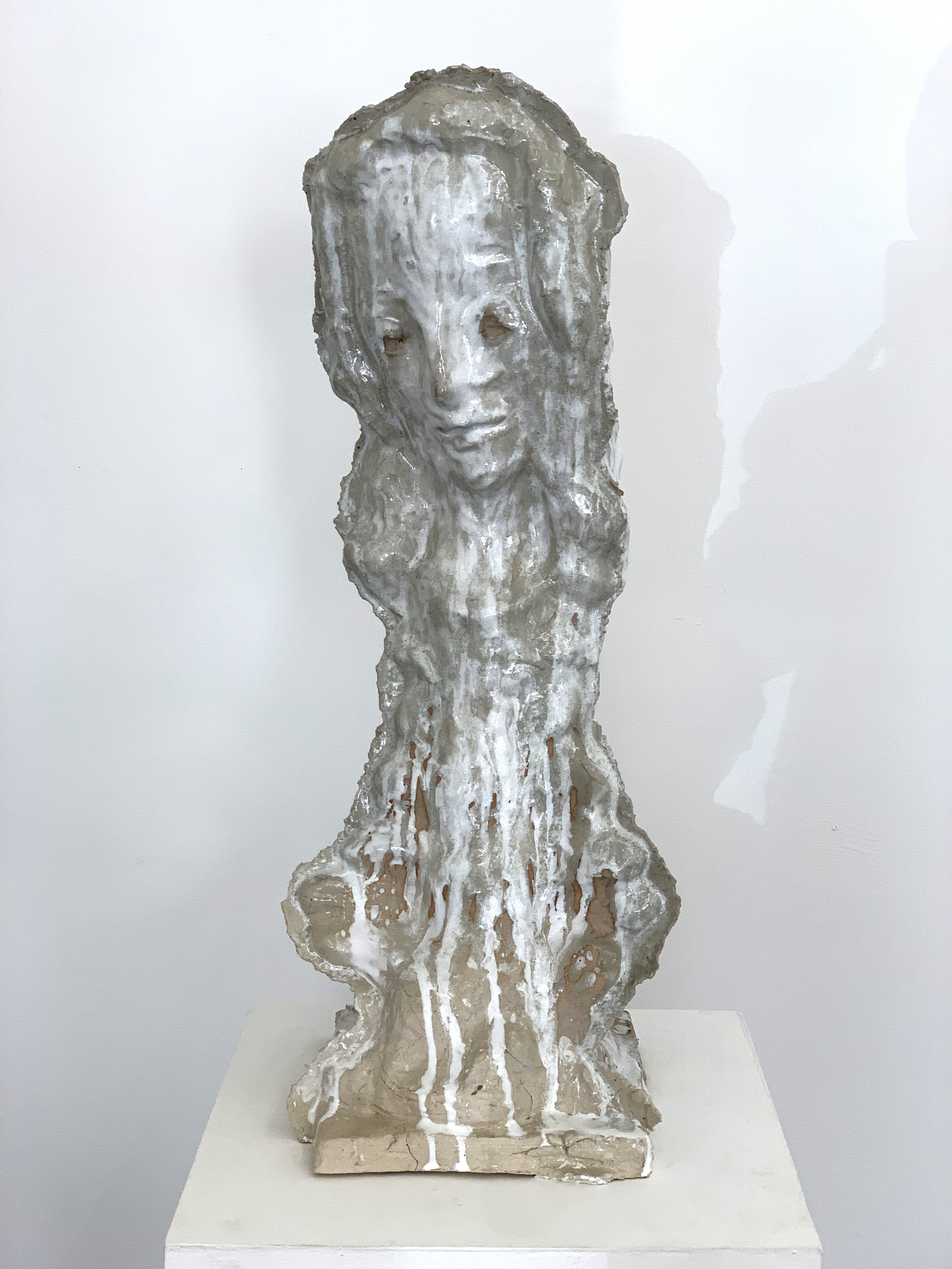
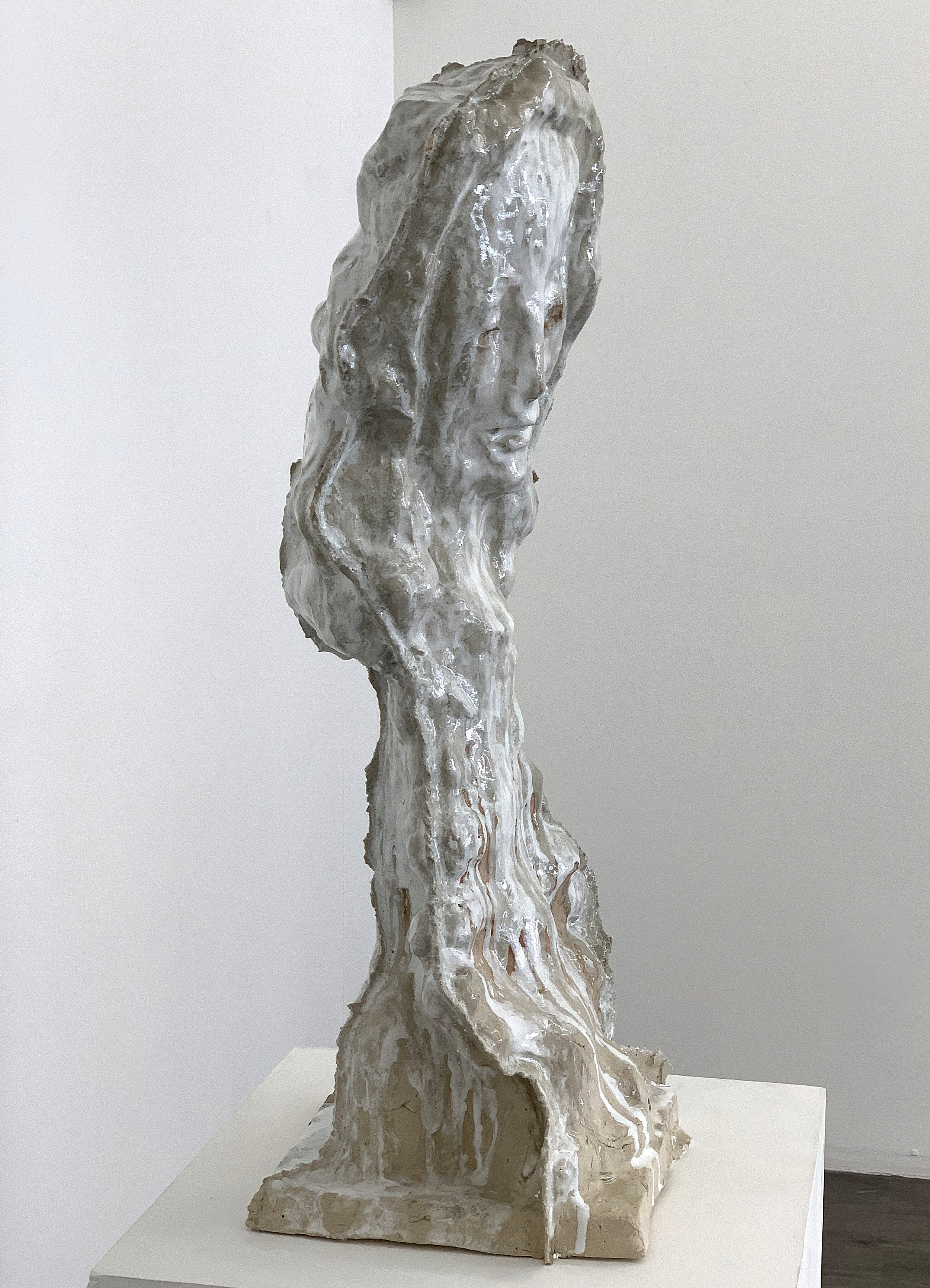
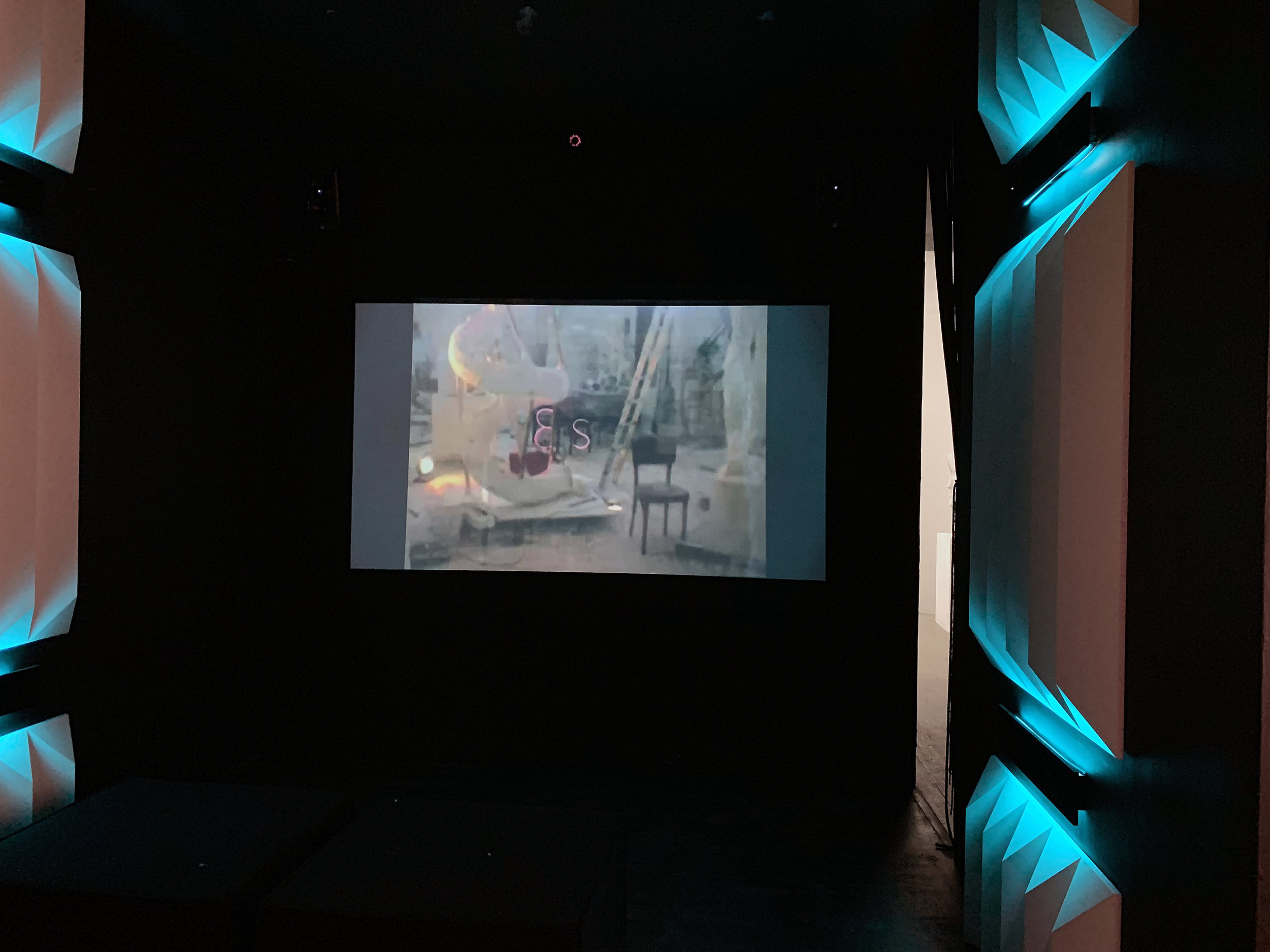
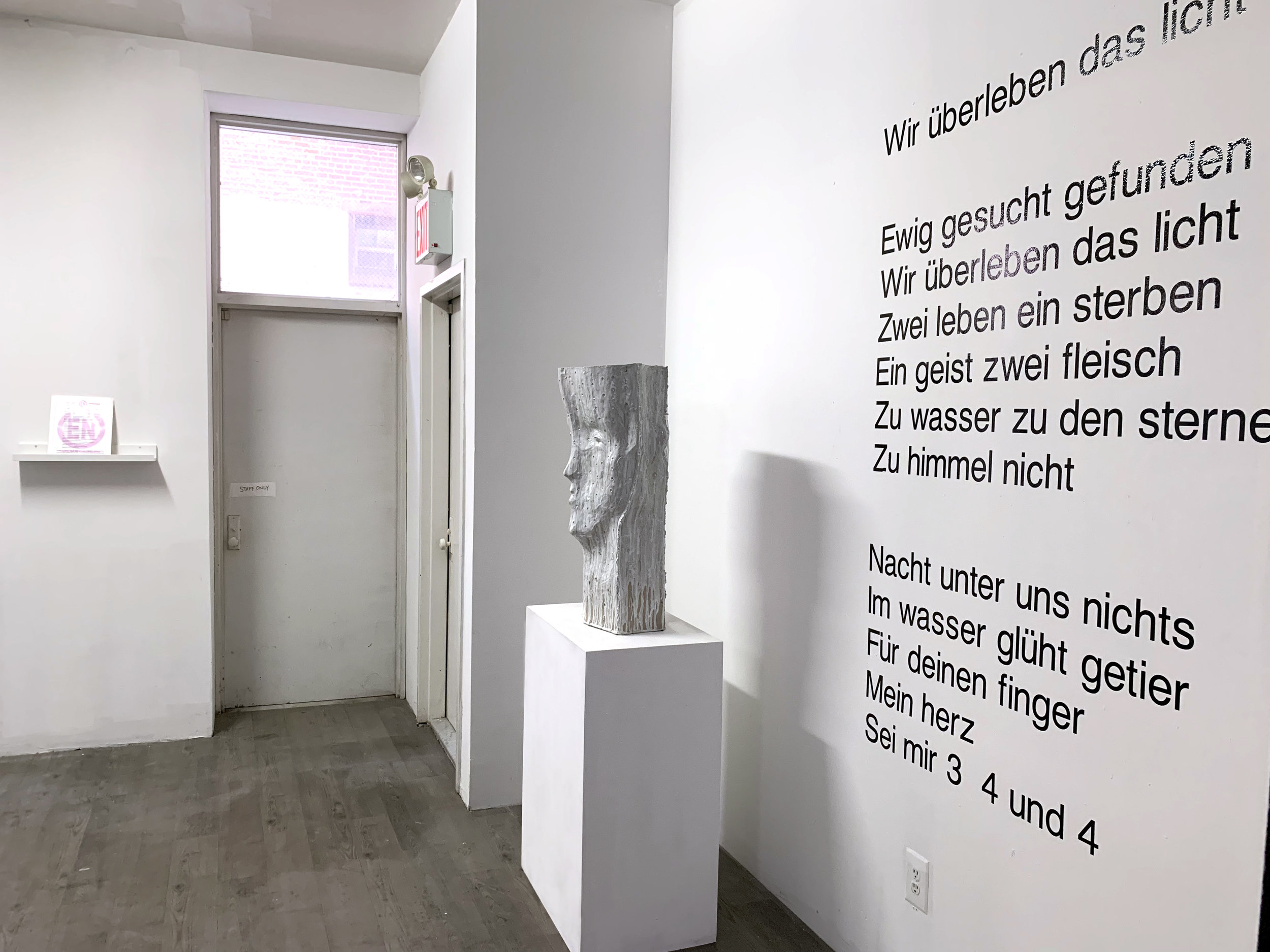
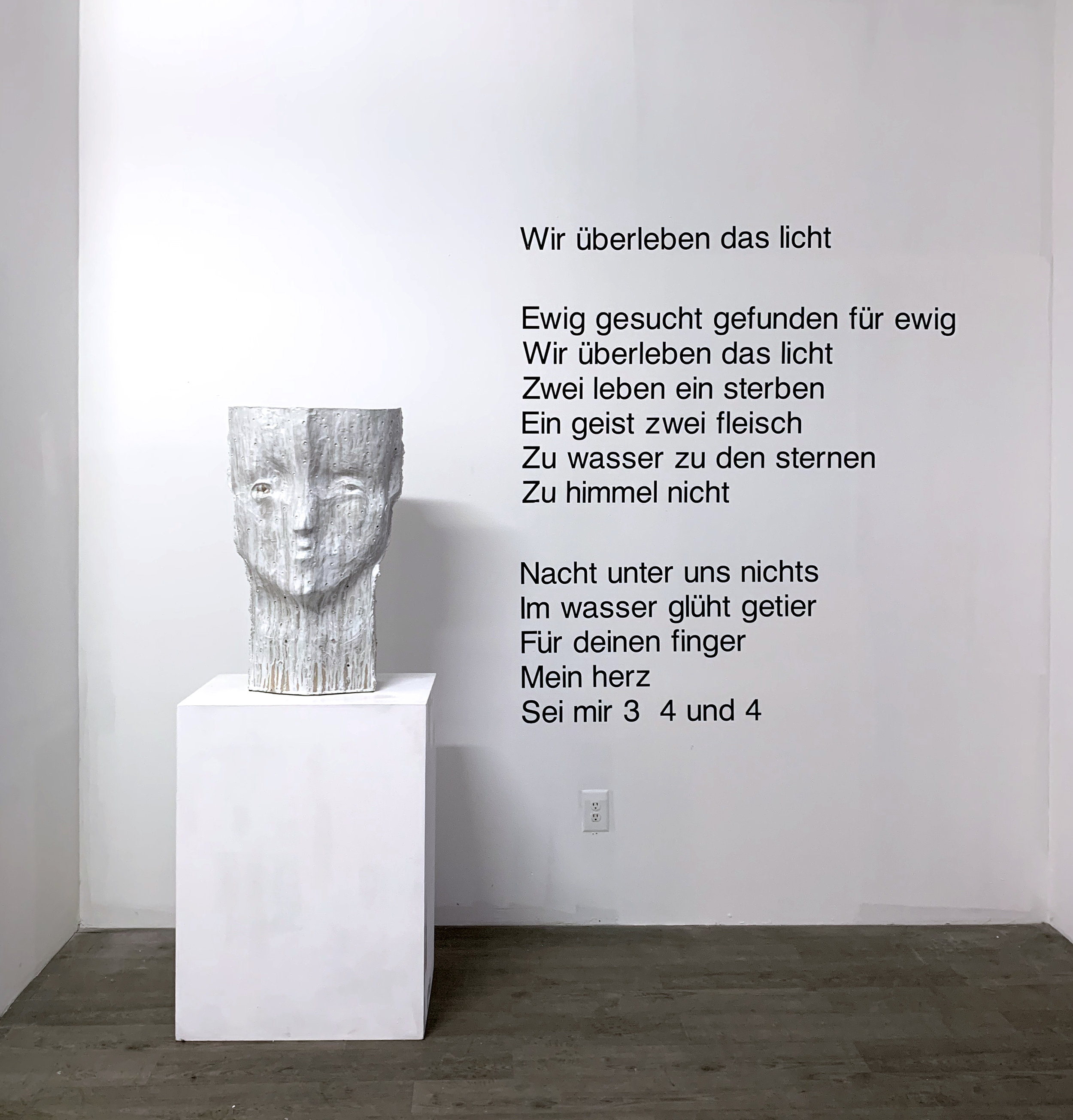
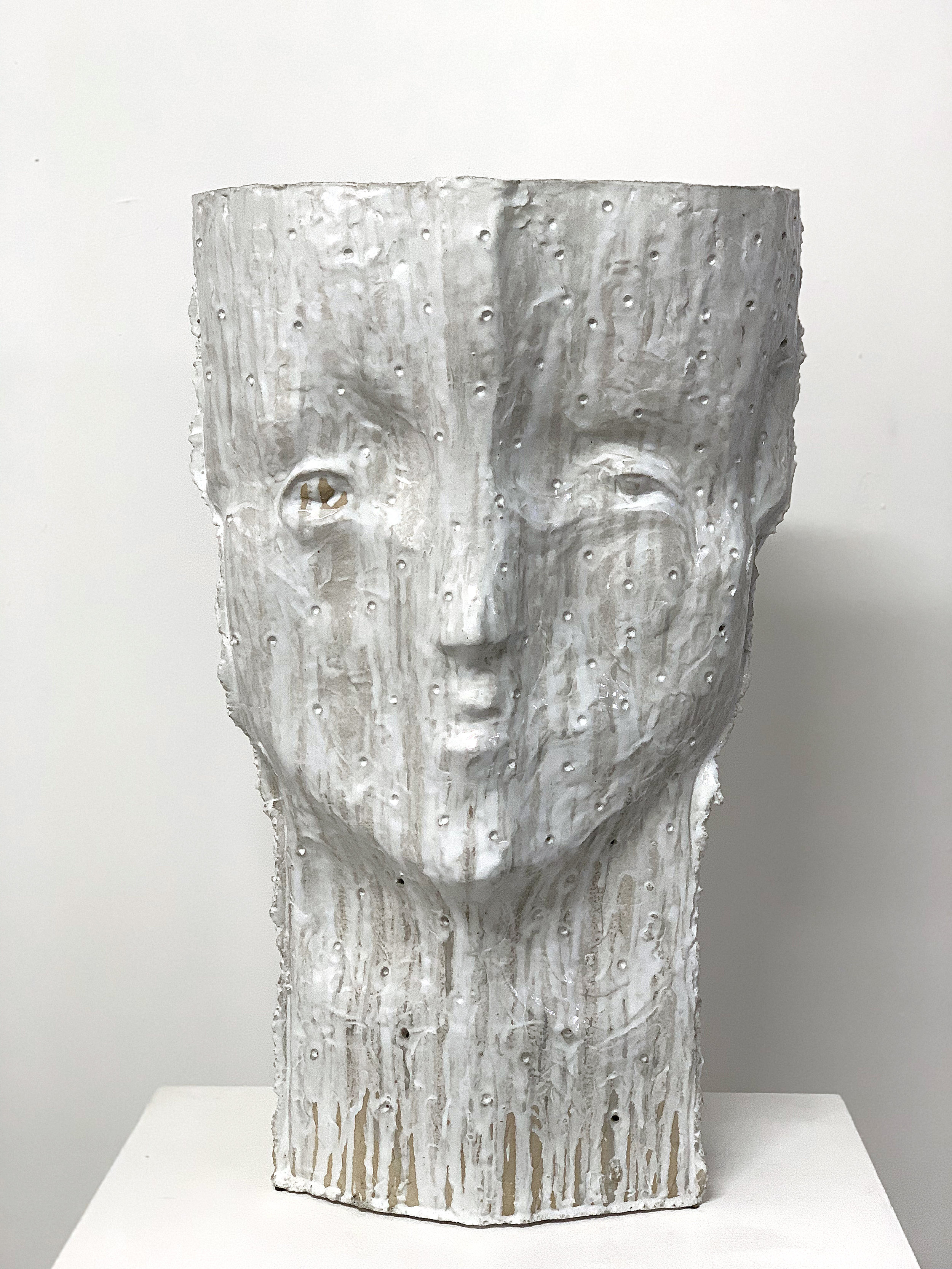
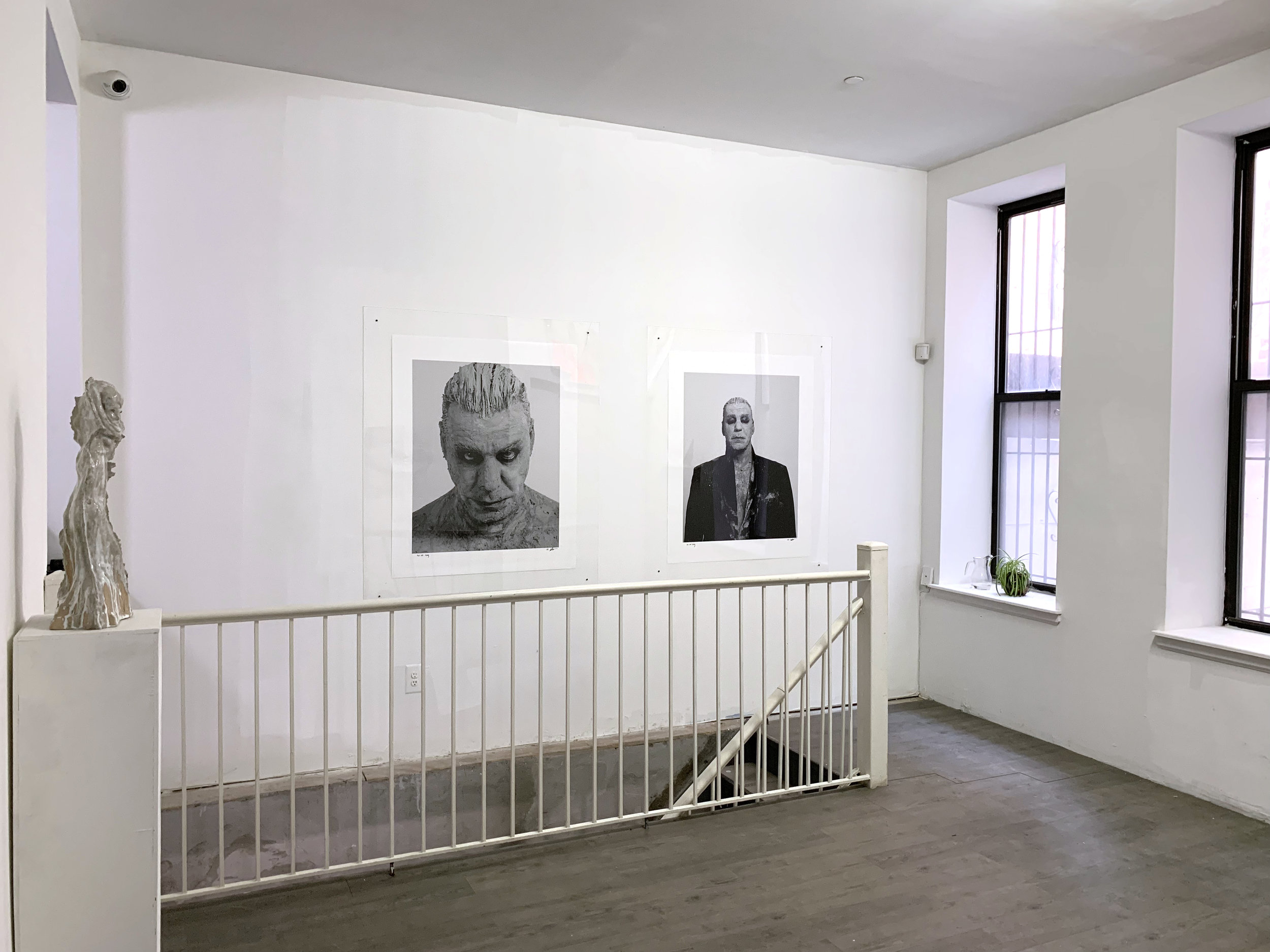
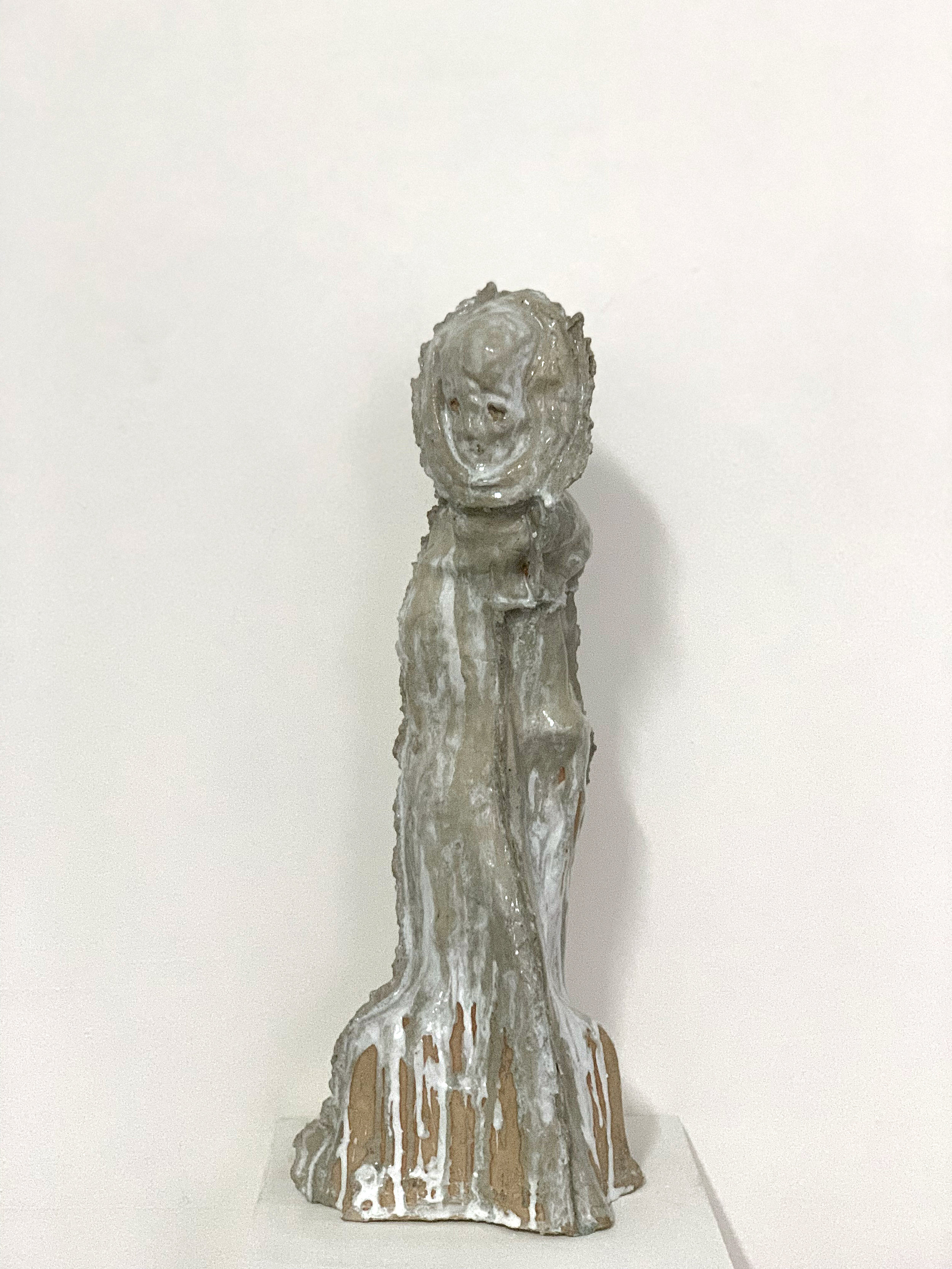
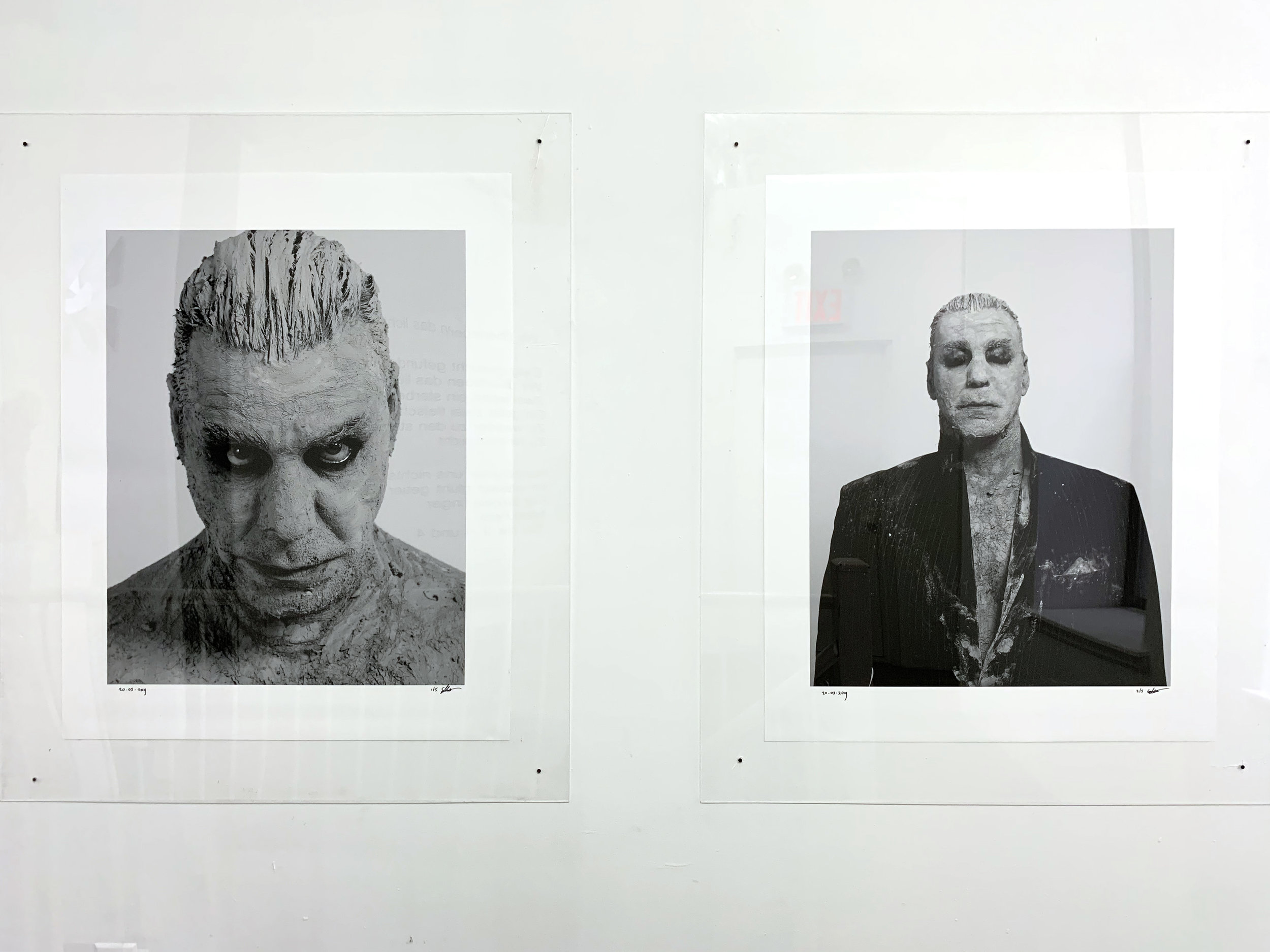
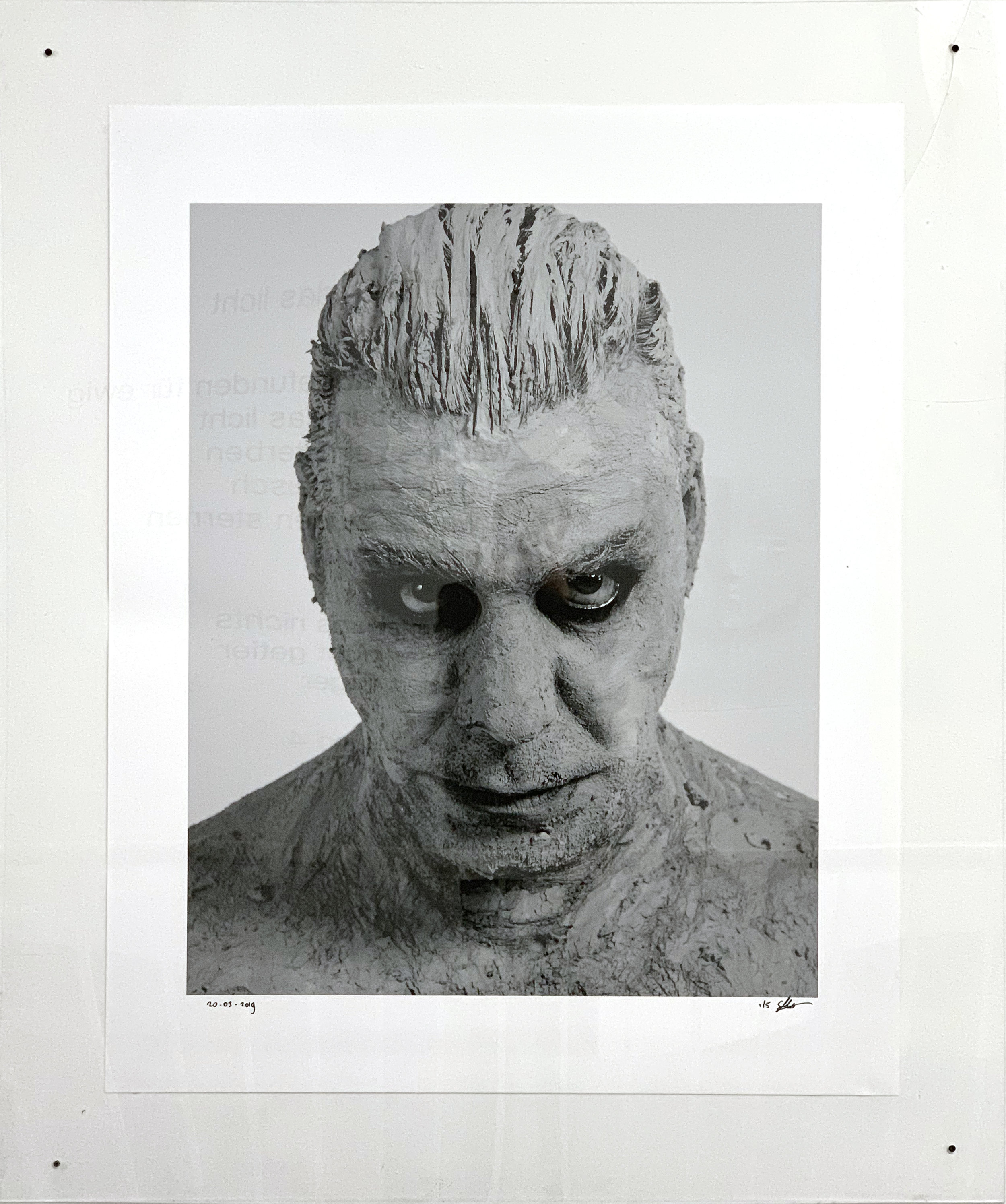
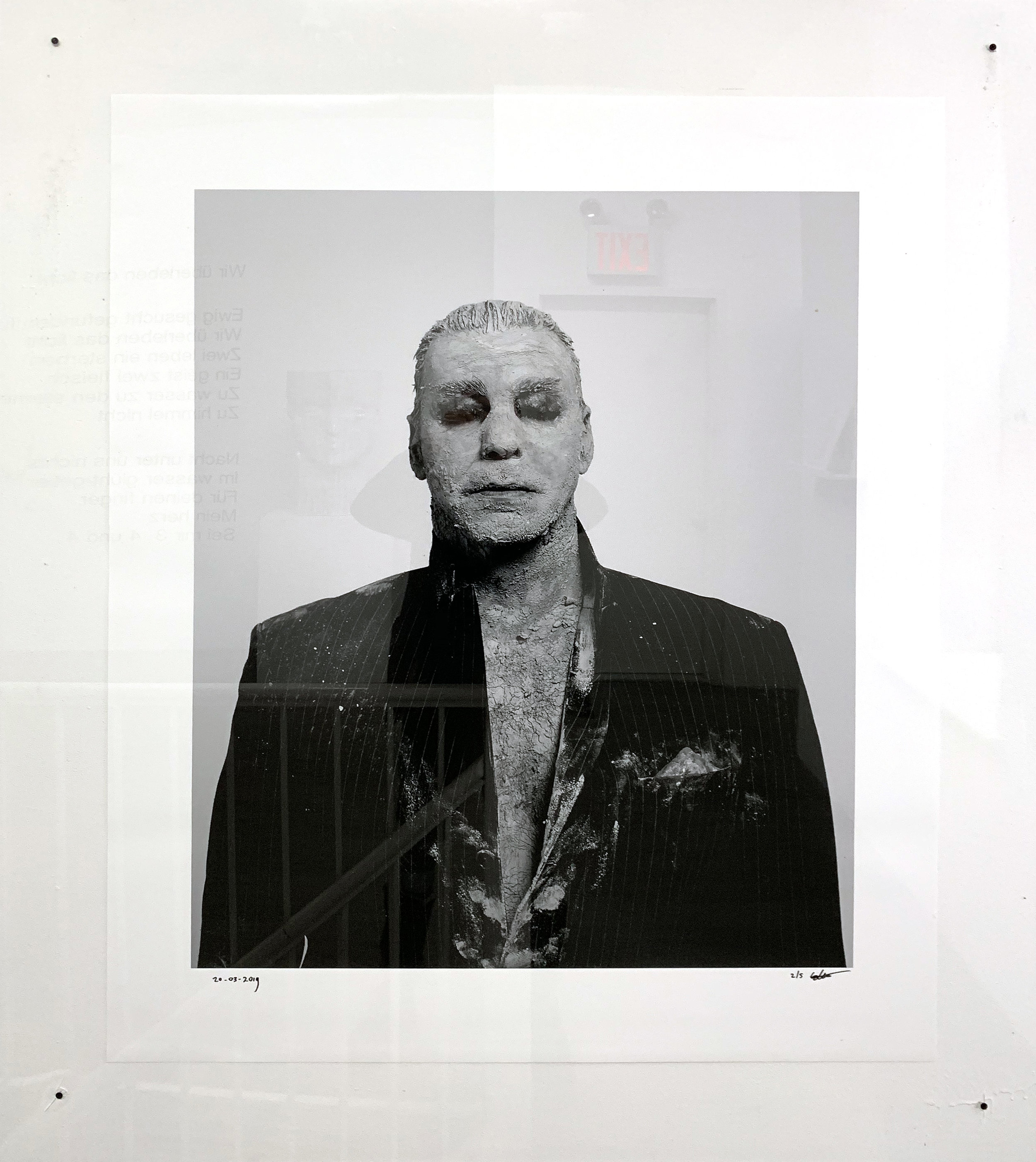
Johan Tahon's Wir uberleben das Licht (We Will Survive the Light), was a highly successful exhibition at the Bonnefanten Museum in the Netherlands. Running throughout the winter of 2018, the exhibition presented new and existing works by the Belgian sculptor. As part of the show, and inspired by Tahon's work, the German poet and singer Till Lindemann, frontman of the band Rammstein, wrote five poems. The work was exhibited alongside Tahon's sculptures, illustrating that Johan Tahon and Till Lindemann share the same sensibility, much like Auguste Rodin and Rainer Maria Rilke did more than a century ago.
Providing a unique opportunity to experience the work of Johan Tahon, in combination with Till Lindemann's poems and Sander Lubbe's photographs, es presents a different version of the Bonnefanten Museum's concept.
Johan Tahon's work, in all its emotional, intellectual and aesthetic refinement, seems more present and immediate than ever. Fundamentally heterogeneous, every sculpture the artist creates, is the result of a long quest in which no effort is made to hide the seams between past and present, the real and the ideal.
The iconography of his sculptures is imbued with a strong sense of inner turmoil. Anguish looks both ancient and universal through Tahon's eyes. Some figures seem to be plunged in a reverie with their blanked out eyes, bearing all the hallmarks of antiquity, while others are fixed on something invisible, melancholic. All figures give the impression of an apparition, with the work emanating resonance and spiritual depth.
Tahon's passion for ancient art is constantly enriching and emboldening his vision. His quest into what tradition means in opposition to contemporary culture has led him on a mission to express an instinctive relationship, an ancient, primordial experience. By combining his conceptual thought process with a pre-linguistic means of conveying imagery, the work becomes archetypical.
The artist also addresses the interaction between things, that can be read on different levels, because each thing has a quality related to other elements. This combining of fragments is directly translated into the artist's sculptures, where the fragment is used not as a broken relic, but as an expressive form in its own right.
Tahon, a highly accomplished manipulator of form, constructs his sculptures with an accumulation of parts and unfinished forms. Gaps and holes influence the formal development of his figures, while the animated surfaces address the medium in which they were made. The abstract components of the artist's work, are read as poetic correspondences that evoke unconscious feelings and insights in the viewer.
Staying close to the concept of his earlier work, when he mainly worked with plaster, recent sculptures often have a glossy white glaze. This is a direct result of the artist's exploration into the quartz ceramics technique from the Ottoman dynasty era.
A miracle in fragments and partial forms, Tahon's sculptures are the result of an unmistakable aesthetic vocabulary that aims at expressing the essential, our common humanity.
Johan Tahon was born in 1965 in Menen, Belgium. He completed his studies in sculpture at the Royal Academy of Fine Arts in Ghent. He lives and works in Munkzwalm, Belgium and in Istanbul, Turkey. Tahon's work is included in museum collections such as the Stedelijk Museum voor Actuele Kunst (SMAK) in Ghent, the museum of contemporary art (Muhka) in Antwerp, the Stedelijk Museum of Amsterdam, the GEM in The Hague, the Beelden aan Zee museum in Scheveningen, The Netherlands and the Museum an Dom in Wurzburg, Germany.
Till Lindemann, the front man and lyricist of German Industrial Metal band Rammstein, has written poems for more than twenty years. His first collection of poems, titled Messer (Knife), was published in 2002. His second book, titled In Stiffen Nachten (On Quite Nights), was published in 2013.
Lindemann's poems are reflections on human nature and human desire. Influenced by Bertolt Brecht, the German Romantics and his upbringing in the German Democratic Republic (which existed from 1949 to 1990), the poems are simultaneously violent, desirous, graphic, intriguing and laced with dark humor. They explore the darkness hidden inside memories and evoke an innate nature to seek pleasure and forgiveness.
The chaotic energy in Lindemann's poems, which also runs through Rammstein's music, finds its roots in the late 18th century German literary movement Sturm und Orang (literally Storm and Drive), which was characterized by works exalting nature, feeling, human individualism, rousing action and high emotionalism. Lindemann captures this turmoil masterly in simple verses.
Grounded in existentialism, On Quiet Nights holds a mirror to the soul. Till Lindemann inquires who, what and why am I? The words he uses are like body modifications, piercing then slowly penetrating with a mix of pleasure and pain. While these puncture wounds are combined with longing, emotional depth, and bestial intuition, Lindemann also sows moments of beauty into his lines.
ES presents two poems, written by Till Lindemann, that were inspired by Tahon's work.
Till Lindemann was born in 1963 in Leipzig, East Germany. In 1994 he became singer and lyricist for Rammstein. He currently lives and works in Berlin. His first book of poems, Messer, was published in 2002. On Quiet Nights was originally published as In stillen Nachten in Germany in 2013.
Through photographic essays, exhibitions, and publications, Sandor Lubbe explores cycles of artistic communities and culture. His nuanced visual language IS at limes reauced to a minimal, photographic lexicon, that almost becomes liturgical.
Lubbe's black-and-white portraits of Till Lindemann, featured in es, were inspired by Johan Tahon's and Till Lindemann's work for Wir Oberleben das Licht, a retrospective exhibition of Tahon's sculptures at the Bonnefanten Museum in the Netherlands. Subtly suggesting narrative connections, Lubbe's photographs form a dialogue with both artists' work.
ZOO, a cutting-edge, high-end magazine and inspirational platform that highlights avant-gardist themes and personalities, published Lubbe's portraits of Till Lindemann in a portfolio about the Wir Oberleben das Licht exhibition.
What catches the eye in a sophisticated magazine, may not necessarily hold on a gallery wall. Lubbe's work however, is an exception. With an affinity for the classical, and by blurring the line between past and present, the artist captures a seductive vulnerability and elegance in his subject, which gives the work a distinct look, clean and uncomplicated.
Because of the artist's relentless visual curiosity and his desire for new challenges, his portraits transcend fashion and time. His stylization is not a pursuit of beauty but rather a vision of it. His aesthetic is real, sexual, and in touch with the chaotic messiness of life.
Lubbe's interesting, tightly composed, moody evocations, of his subject's unique qualities, push the work almost into the realm of the cinematic.
A master of light, composition and atmospheric illusion, Lubbe conjures a world of sensual sophistication.
Sandor Lubbe was born in 1963 in Holland. He currently lives and works in Amsterdam. Lubbe started hiscareer as photographer in 2007. He had his first solo exhibition in 2009 at Steltman Galleries in Amsterdam. He is co-founder, and since 2003 Editor in Chief and Creative Director of Zoo Magazine a globally-oriented quarterly with an international platform that focuses on photography, art, fashion and everything to do with it, such as music, cinema and interior design and architecture.